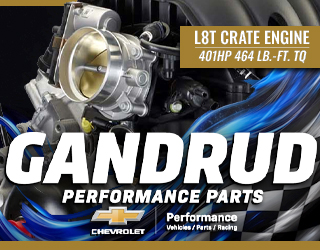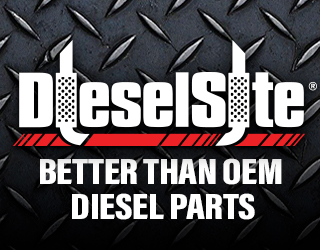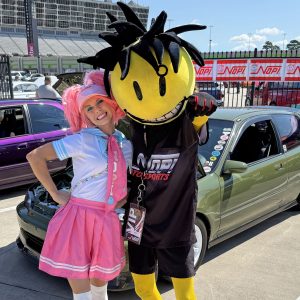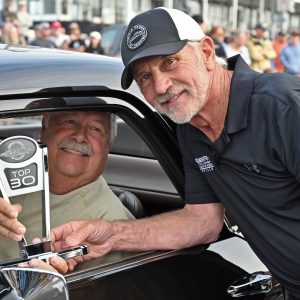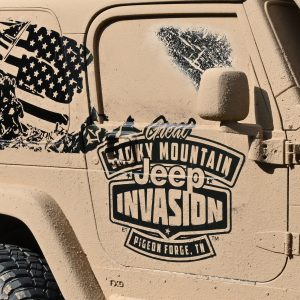Hot Rods

Building an engine that produces more horsepower than its stock configuration can be done in many ways. However, supercharging has proven to be one of the best ways to make the most horsepower over stock. Superchargers are air pumps that force a “super” charge of air into an engine, which in turn allows the engine to make more power. A Roots supercharger or blower is a sealed case with two rotors inside. It is driven through the crankshaft by belts and pulleys, causing the spinning rotors to force compressed air into an engine.
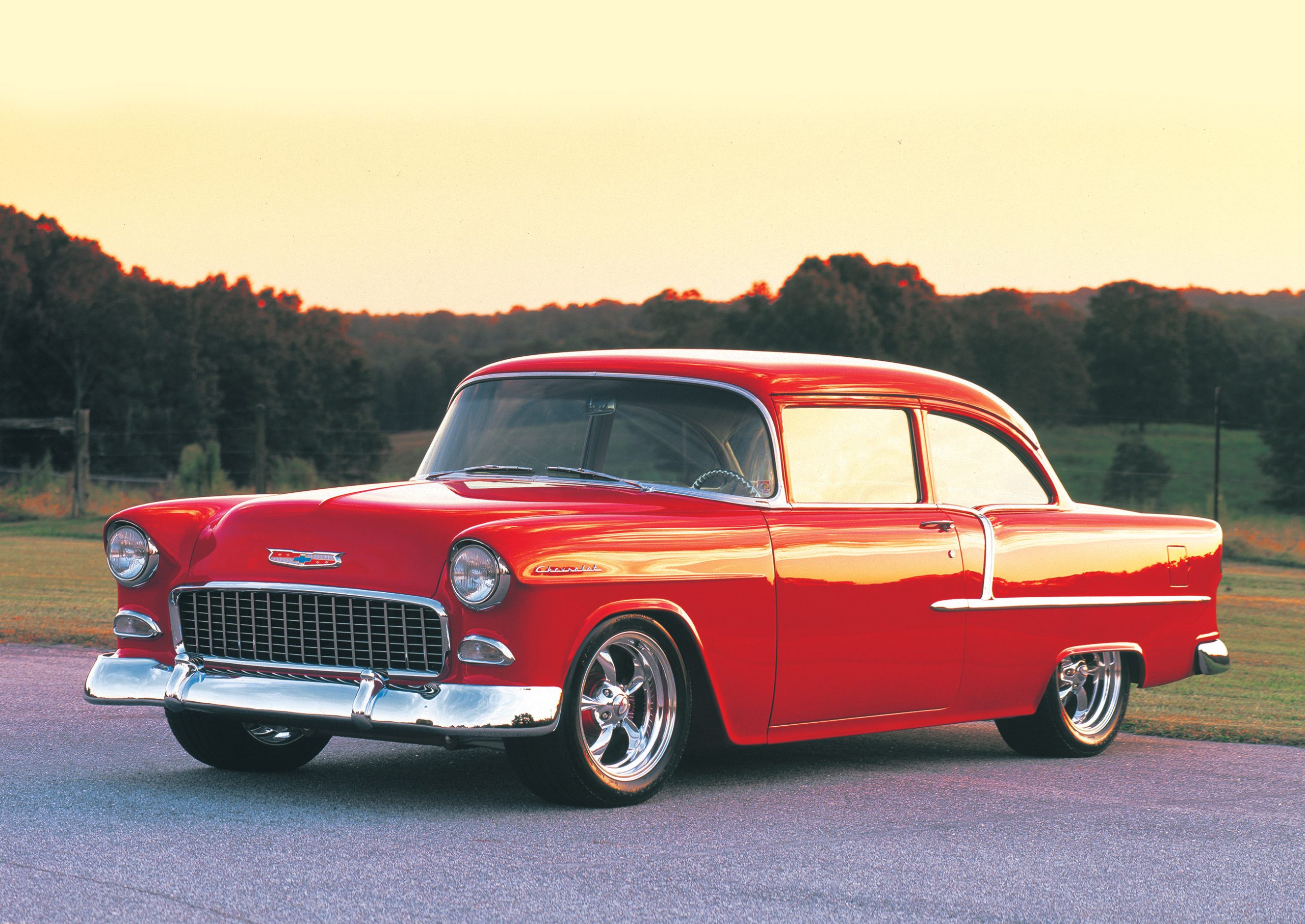
From the low-key approach applied to this ’55 Chevy, it’s obvious that Jack and Gail Jenkins’ reasons for building it were based around applied craftsmanship, when you take into account the subtle style it displays. While the bodywork and paint are flawless, there’s little sign of the modifications beneath it, or the effort that went into them.

For the most part, street rodding is viewed as part of our American heritage, every bit as much as the blues and jazz, hot dogs and apple pie. It incorporates many of the traits we Yanks are known for,
combining ingenuity and individuality, plus a large dose of style gleaned from the numerous vehicles of our past. If you have any doubts, just look at the enthusiasts throughout Europe, Australia and other rodding hotbeds around the globe. They love American rodding.
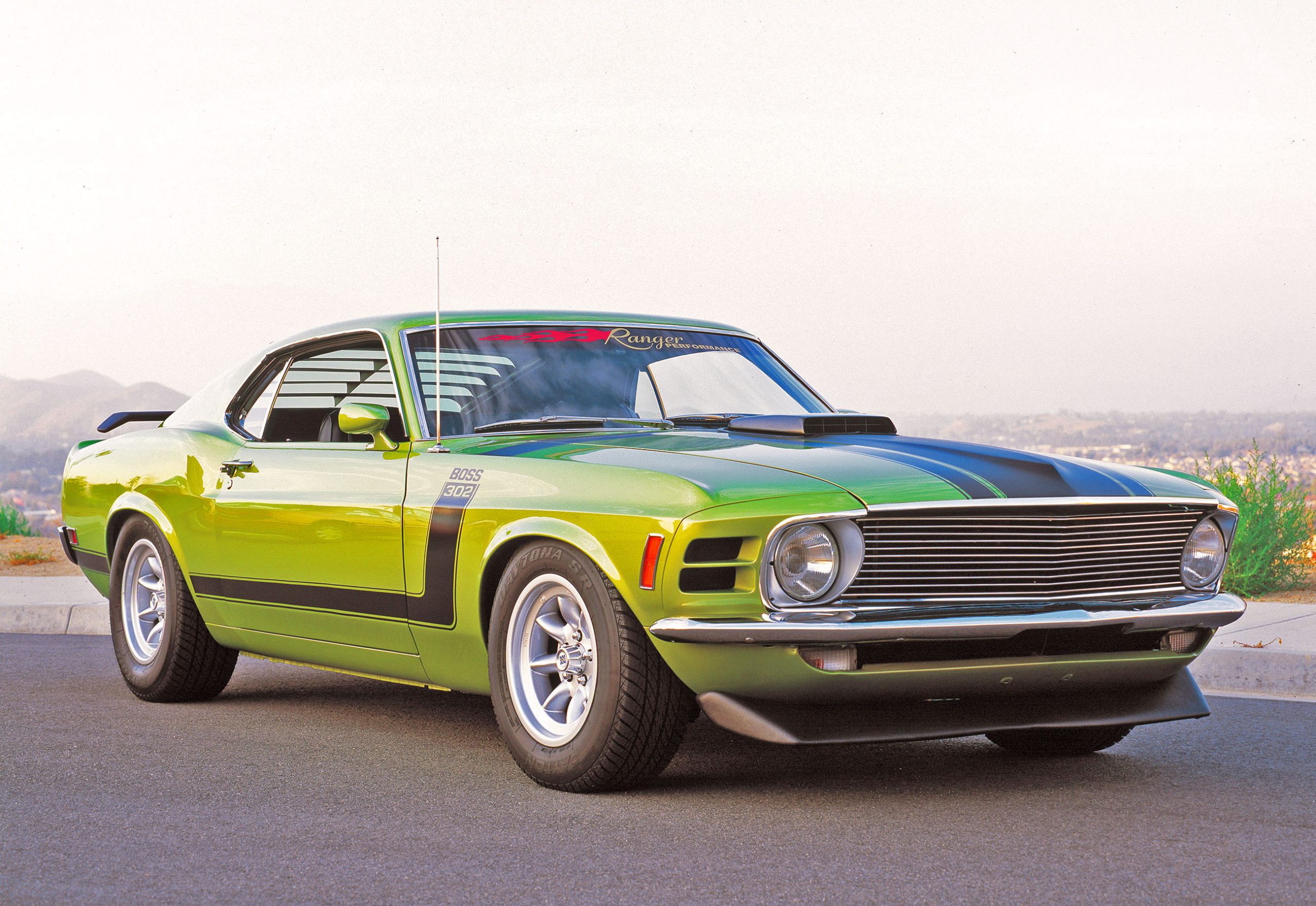
Michelle Holstien of Moreno Valley, California, grew up with a passion for cars. She took auto shop in high school for two years, and her dad, Bruce, helped her build a ’72 Ford Econoline van and a ’62 Econoline pickup.
But she really had her heart set on a Boss 302 Mustang. Just listen to her talk about the Boss: “For as long as I can remember, I have always had an interest in Bosses.

Upon approach, it stirs the heart much like the sight of an old friend, with the flowing contours that recall memories of great times and fast, simple cars—before we knew much about automotive computers, CDs or the true meaning of lateral acceleration and G-force. Like a favorite teddy bear from childhood, this welcomed image warms our hearts, yet beneath that familiar façade is a grizzly bear of sorts. One that will grab you by the throat, slam you against the seat back and rip heart-pounding sensations throughout your body. This is no ordinary ’70 Plymouth Barracuda—this is a rush!
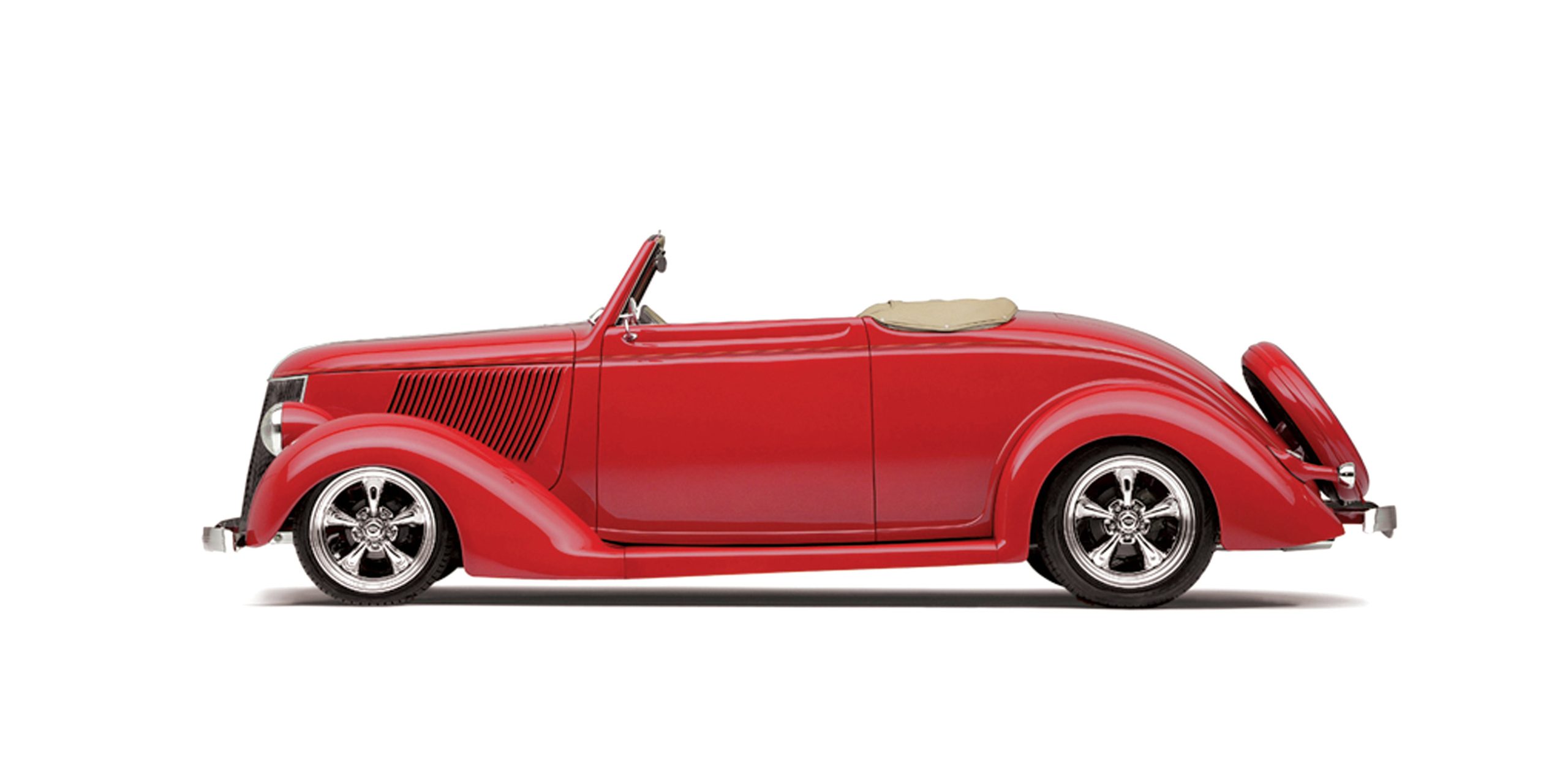
Undoubtedly, the most significant and influential hot rod component in recent history is the American Racing five-spoke Torq-Thrust wheel. It has been the most-copied wheel ever, as American Racing continues to fight off design infringements. In its many legitimate variations, it has—in many ways—influenced the whole of the aftermarket automotive car culture. No single wheel has ever made such a significant impact on the customizing scene as the Torq-Thrust has.
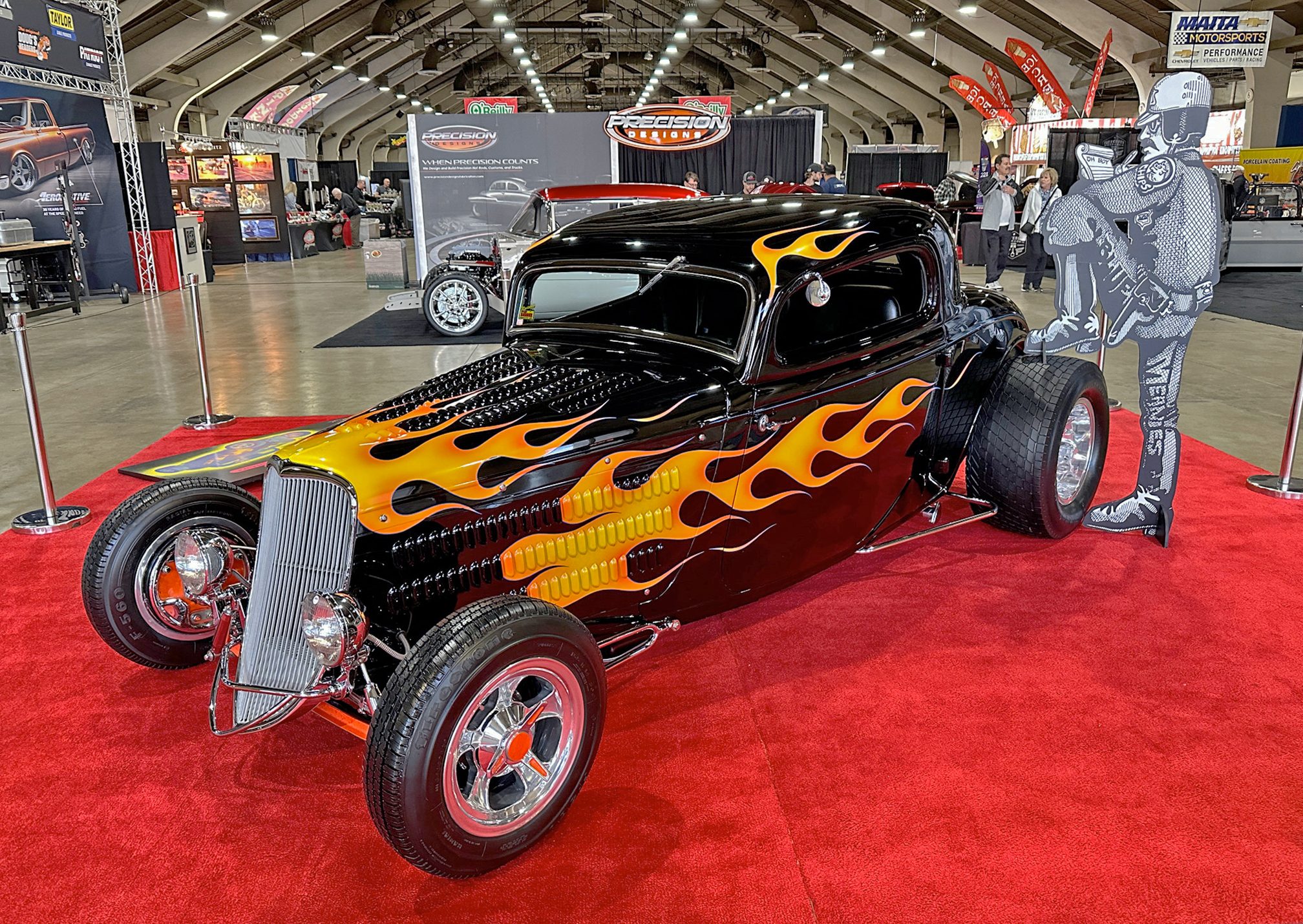
On May 19, 2025, the hot rod community lost one of its most respected and beloved figures—Tom Prufer. For those familiar with polished frames, hand-fabricated parts, and the unmistakable smell of hot oil on cold mornings, Tom was more than just a builder—he was a quiet giant in the world of traditional rods and custom craftsmanship.

“Carroll Shelby has pulled the trick of the year. He’s combined Ford’s new drag champion 428 Cobra Jet engine with his complete road car, the Cobra G.T.500. Result? Cobra G.T.500KR…King of the Road.” Those words accompanied the full-page advertisements for the mid-year introduction of the ’68 Shelby Cobra G.T.500KR. The new model replaced the early ’68 G.T.500 and its more docile 428 V-8 engine.

Most car guys know all about rare cars, and this certainly is one of the rarest Ford Mustangs on the road. In what some may consider an odd collaboration, Carroll Shelby International Inc. and celebrity customizer West Coast Customs (WCC) have teamed up to produce a line of limited-edition high-end 2006 Ford Mustangs. Starting with only 25 stock 2006 Ford Mustang GTs, the Shelby/West Coast Customs team has a solid foundation on which to build, and build it did.

Decades ago, Ford made the jump from four-speed manual transmissions to five-speeds. Newer Cobras even feature six-speeds, so it’s natural that those who own earlier Mustangs with four-speed manuals now feel a little gear envy. Many people love the feel of having a manual transmission, but if you’re still using a four-speed, you’re missing out on a lot of performance and economy potential. Adding a transmission with additional gears places your gears closer together for better acceleration and gives you more gears to choose from for easier cruising. But which transmission is right for your Mustang? You need one that’s strong, smooth and capable of bolting to your engine, and it’s not easy to find all three attributes in the same gearbox.




